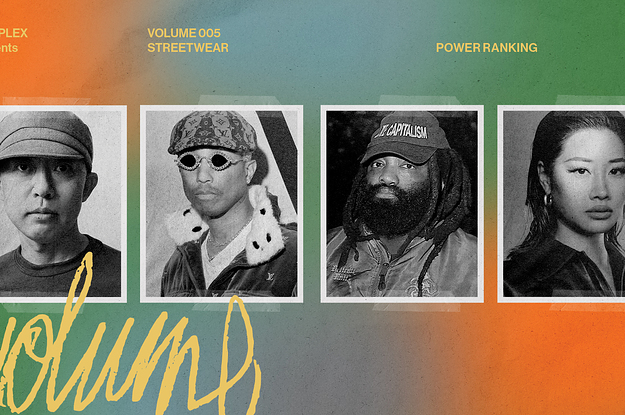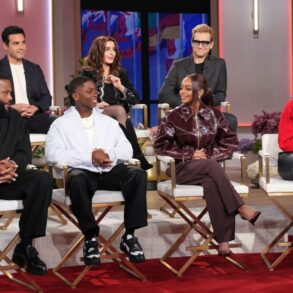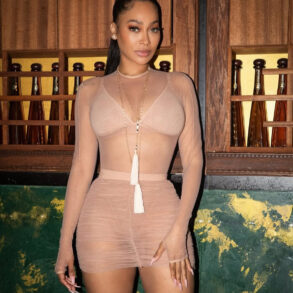
How do you define streetwear in 2023?
It’s a complicated question since the category used to feel very specific. In the ‘90s, streetwear brands drew from then-niche subcultures like skateboarding, punk, hip-hop, and graffiti. They produced literal “street wear,” like T-shirts, hoodies, jeans, tracksuits, and sneakers that targeted a younger audience. But the category has evolved and the subcultures it reflects are now multibillion-dollar businesses, which makes the definition of streetwear much more nebulous—and in our opinion, that’s a good thing.
We define streetwear as clothing that appeals to youth culture and taps into the zeitgeist. It still references hip-hop, skate, punk, and graffiti, but the consumer base is broader and it’s not dictated by a price point. (If Gucci can sell us a $500 T-shirt, why can’t a “streetwear” designer?) Some consumers, like resellers, look to streetwear for financial gain; others participate because they want to follow trends or associate themselves with a community or tribe. None of this is entirely new. The category is just much more expansive.
Many designers on this list might view streetwear as a pejorative term, one that boxes them into a particular space and prevents their work from being perceived as elevated or luxury. But we’ve always viewed streetwear as high art and an important vehicle for storytelling that speaks to consumers in a way luxury brands could never. And it’s the reason why LVMH—which owns Louis Vuitton, Givenchy, Kenzo, Dior, and more—wants to align with or employ streetwear designers and personalities. Being connected with streetwear means being connected with cultural currency. And after many years of luxury brands taking from streetwear without any credit or acknowledgement, we aren’t mad at designers who started out making T-shirts helming fashion houses. So while not everyone on this list is solely a streetwear designer, they all impact the category, which influences fashion at large, as always.
How did we rank this list? We only included people who make and sell apparel and sneakers, which explains why someone like ASAP Rocky or his stylist Matthew Henson, who are both incredibly influential, aren’t on the list. Then we, a panel including well-informed members from the Style and Sneakers teams, individually scored each person’s power based on the following categories: their overall influence in fashion right now; their current relevance/brand desirability; their overall body of work; their staying power/consistency; and the value they bring to larger brands. After tallying those scores, we hashed out the ranking over multiple internal meetings and rounds of voting, which was always tight.
These lists aren’t meant to troll. They are meant to tell a story about the state of an industry that we love and respect. With that being said, here is our ranking of the most powerful people in streetwear right now. We invite your feedback, as long as it’s respectful and informed.
This post was originally published on this site be sure to check out more of their content.




